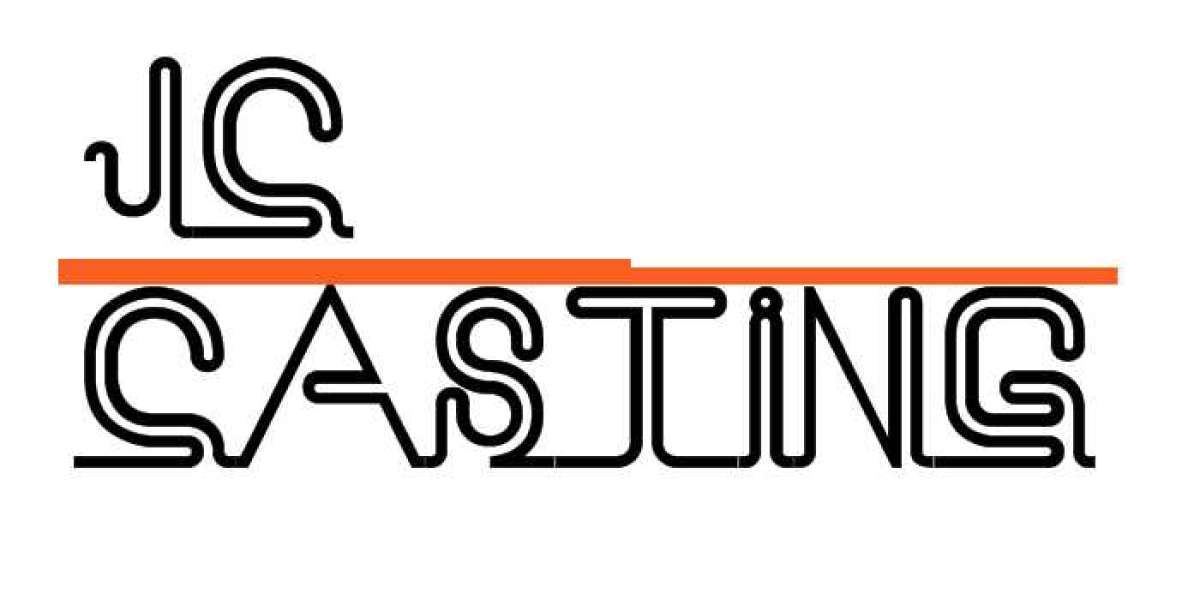3D printed models for investment casting are increasingly becoming the solution of choice for craftsmen, engineers and industrial professionals. With 3D printers, users can test designs, iterate faster, and produce small batches quickly, while reducing expensive tooling and long lead times. Printers cost a fraction of most additive manufacturing investment casting solutions, enabling companies of all sizes to accelerate innovation while reducing costs.Below are the steps for 3D printing investment casting.
Step 1: 3D Printing with PolyCast
The award-winning LulzBot 3D printer now features a print-ready profile for PolyCast, a filament designed for investment casting applications that produces a near-perfect burnout with less than 0.003 ash remaining %. Simply load the filament into the LulzBot Mini 2 or LulzBot TAZ 6, select the PolyCast print profile in Cura LulzBot Edition, and hit print. Additionally, use the following printing tips to ensure professional and dimensionally accurate results:
When placing the model on the build plate, choose an orientation that minimizes the need for support structures. This will help improve surface finish and print time.
Print the model with the least infill (i.e. 10%) and number of shells (2-3) to help facilitate the burnout process.
Shrinkage compensation needs to be applied to the .STL file to compensate for dimensional changes in the metal between molten and solid state. Modify the model size by a metal/alloy dependent compensation factor, typically between 1.007-1.030. For example, the compensation factor for steel is 1.025-1.030. If the size of the metal part is 1 m, the size of the printed pattern should be 1.025-1.030 m.
Layer heights of 0.1-0.2 mm are ideal for this application. This helps with print resolution and post-processing.
Note: PolyCast will absorb moisture. It is strongly recommended to store this filament in dry conditions (20% relative humidity).
Step 2: Post-processing
For the investment casting process, it is important to start with a smooth print surface that is free of defects and debris. Dipping and spray polishing are the two recommended post-treatment methods. Before starting, we recommend using 800 grit sandpaper to remove any surface imperfections or seams from the printed parts. When you're done, be sure to remove any dust or debris from the object.
Option 1: Dip Polishing
After post-processing is complete, attach wires or similar material to hang the print.
Immerse the printed pattern in isopropyl alcohol for 5-10 seconds. This can be done multiple times for a stronger polish.
Pause printing and let it dry for 20-30 minutes. Steps 1-4 can be repeated if desired.
Place the parts in a vacuum, or place in a convection oven at 40°C for one hour. This will ensure complete solvent evaporation and case hardening. (If you prefer, you can also skip this step and let the print dry overnight.)
Option 2: Spray Polishing
After post-processing, attach wires or similar material to hang the print, or place it on a base with a small contact area.
Spray the surface of the print with isopropyl alcohol.
Let the print dry for 20-30 minutes. Steps 1-4 can be repeated if desired.
Place the parts in a vacuum, or place in a convection oven at 40°C for one hour. This will ensure complete solvent evaporation and case hardening. (If you prefer, you can also skip this step and let the print dry overnight.)
TIP: Polysher from Polymaker can additionally smooth layer lines in 20-40 minutes while maintaining macro dimensional accuracy. Find it here!
Step 3: Part Tree
The part tree holds the cup on the part for casting and ensures a smooth and even flow of metal into the part.
Attach the part to the cup with a wax strip or gate, which will serve as a channel for the metal to flow during the casting process. (The part should lie flat on the cup for an even pour) Keep bending and twisting in the gate to a minimum as they have the potential to slow down flow to the part.
You may want to attach smaller wax blocks to thinner areas of the part for even flow distribution.
A small torch can be used in final assembly to eliminate any holes in the gate or in the part tree itself.
Step 4: Ceramic Impregnation
Once the printed material has evaporated during the burn-out process, the ceramic shell is used as the final mold for casting.
Molds are created by dipping part trees alternately in ceramic slurry and a very fine silica compound. Care should be taken to ensure that the parts are neatly and evenly coated in both steps and that there are no gaps.
The number of times this process needs to be repeated varies. It is generally recommended to apply at least 5 coats, and for parts with complex structures, 7-9 coats are recommended to prevent damage to the shell during the casting process.
It is important to allow each coat to dry completely before repeating this step. Once the shell reaches the desired thickness (about 0.3.75 inches or 9.525 mm on average), it's ready to burn.
Step 5: Burnout
The firing process is used to sinter or harden the ceramic shell and burn away the printed material inside to create the mold.
Place the coated parts tree assembly in the kiln or furnace with the cup side down. Generally, the shell will be heated to about 1100-1200°C for about 40-60 minutes.
(Note: The exact time and temperature will depend on the type of furnace or kiln used, as well as the specific metal parts that will be produced.)
After the print material has burned off, allow the case to cool completely.
Step 6: Casting
The shell is ready and preheated to accept molten metal for casting.
If ash or debris remains inside the case after burning, rinse the inside of the case before proceeding to the next step.
The shells are placed in a kiln to preheat for pouring. Temperatures may vary, but are usually around 550-1100 °C.
Pour molten metal into the casing while the casing is still hot. The metal will flow through the gate and into the cavity. The mold and casting will cool and shrink at the same rate, resulting in a part with excellent dimensional accuracy.
Allow the metal to cool completely and solidify. Depending on the material used and the thickness of the part, some castings may take longer to solidify than others.
Step 7: Clean Up
Remove the part from the ceramic housing and remove the gate in preparation for final finishing.
Once the part has cooled completely, it can be removed from the ceramic mold. The mold can be disassembled and removed from the part by hand, or other methods such as air jacks or water jets can be used.
Remove the gate from the part. This can be achieved by sawing, cutting, sanding or using a plasma cutter.
Step 8: Patina
The desired finish depends on the materials used and the intended use of the part. For some materials, patina works well. For others, a protective coating against corrosion is necessary. For reference purposes, we'll cover the two materials used in the video that accompanies this tutorial.
For bronze parts, apply a coat of potassium sulfate. After baking in another oven, add a coat of ferric iron, then apply a coat of sealer to protect the finish.
For steel parts, especially those that will be used for functional prototypes, only a layer of protective sealant is required.


